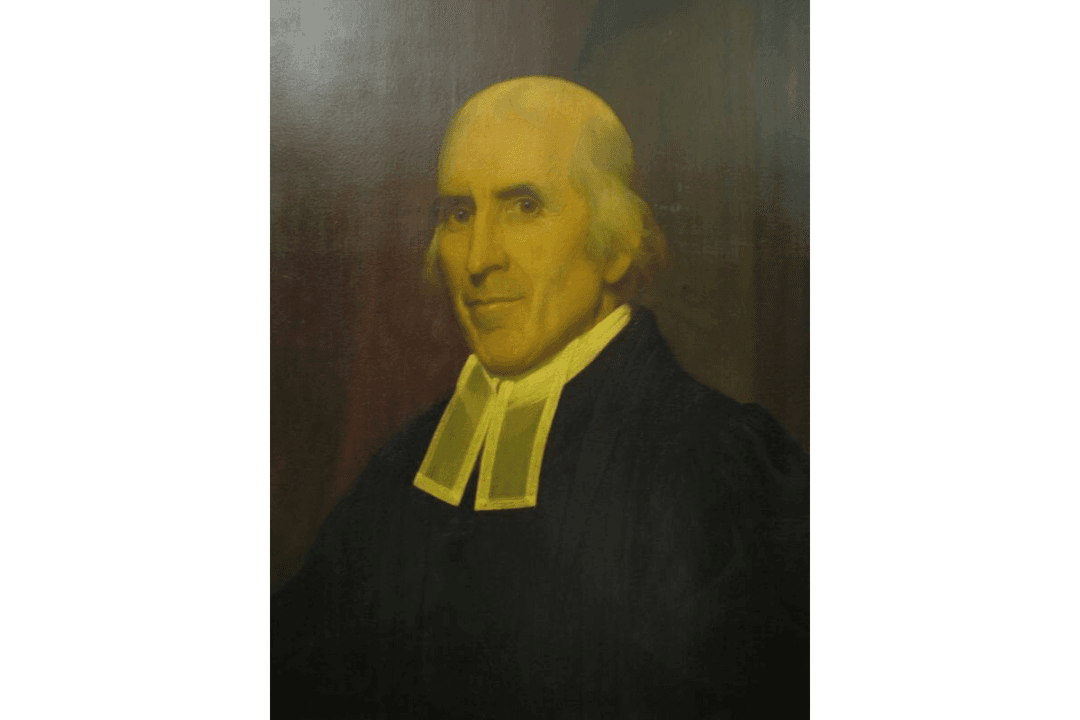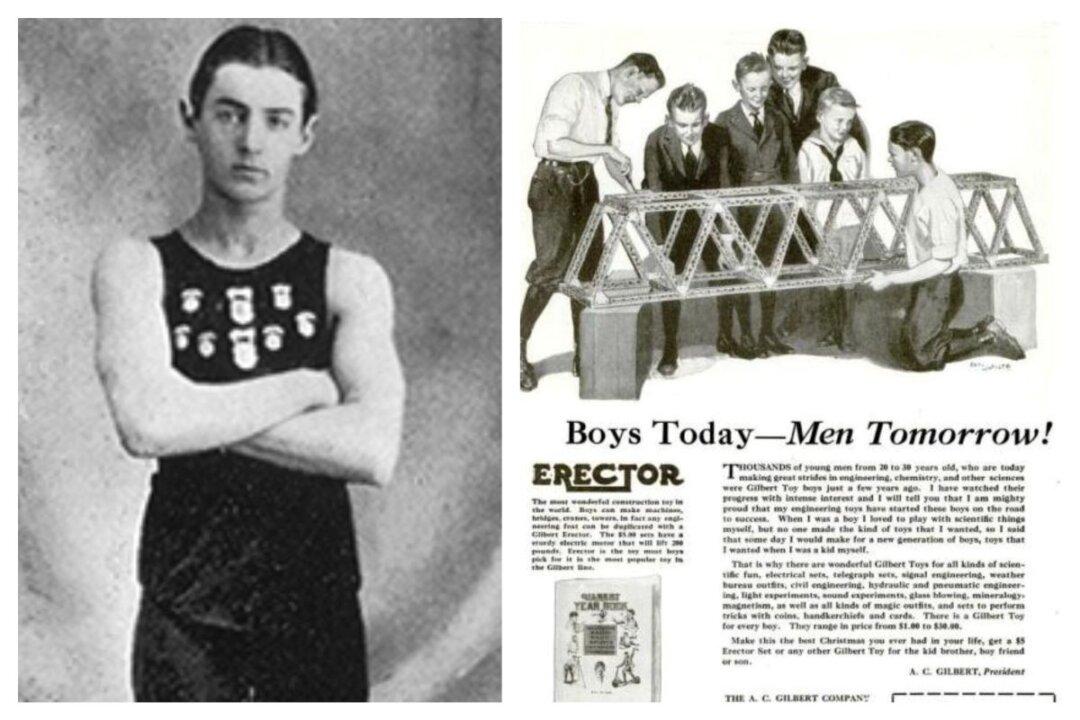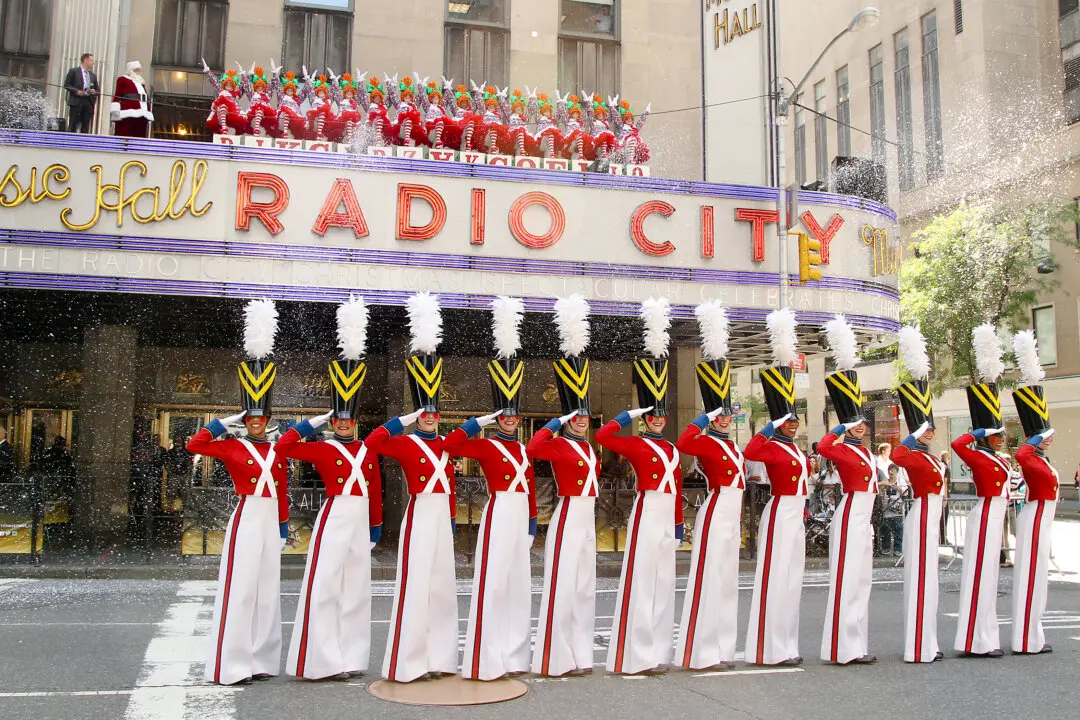Jedidiah Morse loved American geography and believed that Americans did not truly understand its terrain. Noticing the scientific shortcomings of previous British writers, Morse pursued the goal of educating the public on the subject, while at the same time pastoring a church and rebuking the rise of liberal Christianity.
Two Interests: Theology and Geography
Jedidiah Morse (1761–1826) was born in Woodstock, Connecticut and grew up during the Revolutionary War period. Toward the latter end of the war, Morse attended Yale College (later Yale University). After four years, he graduated in 1783. Morse gravitated toward education, religion, and geography.Upon graduation, Morse remained at Yale to study theology and also launched a girls school. Having extensively studied maps and the journals of travelers and explorers, Morse wrote “Geography Made Easy” for his students in 1784. It was the first geography book on America, and during his lifetime 25 editions were published.






